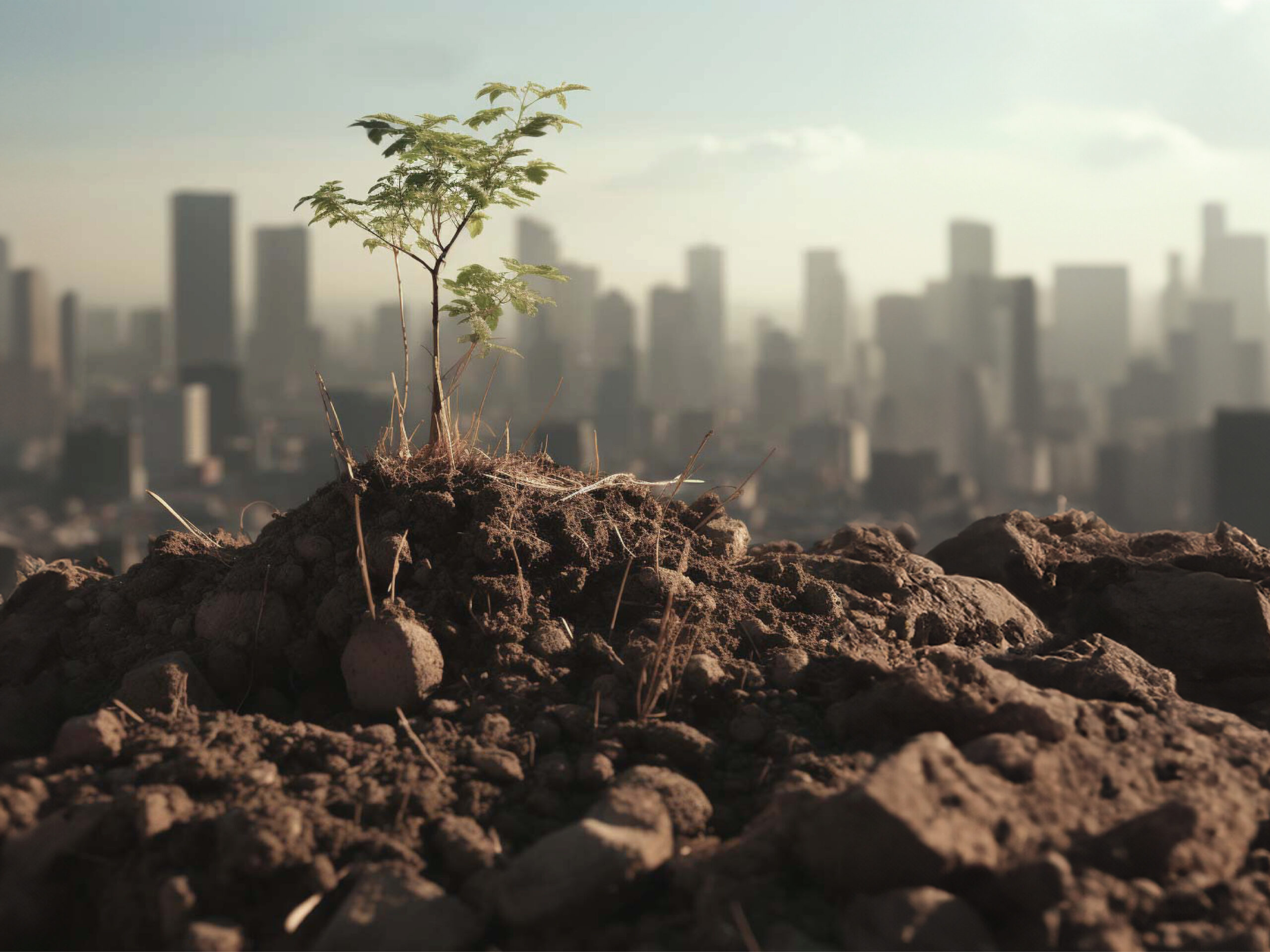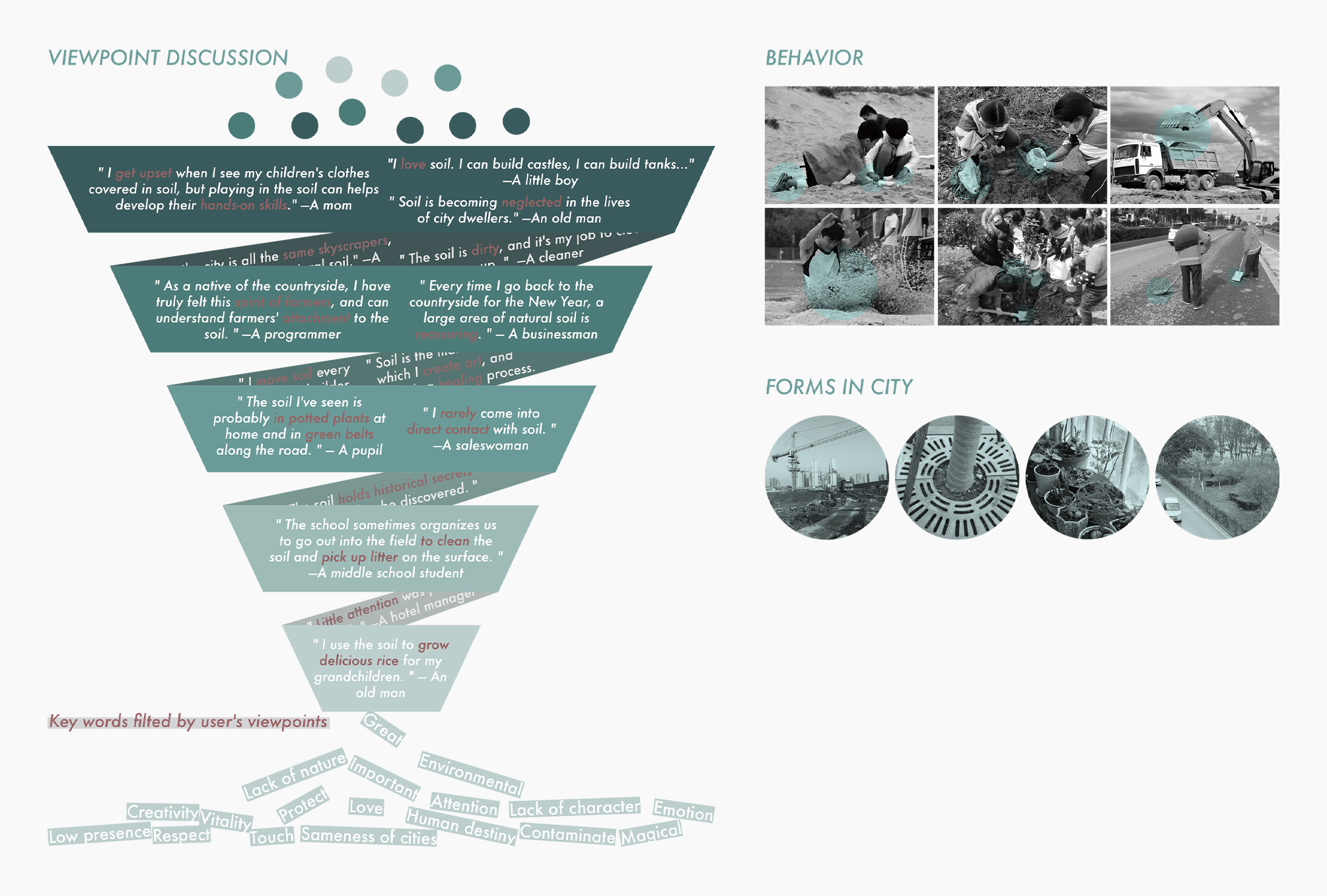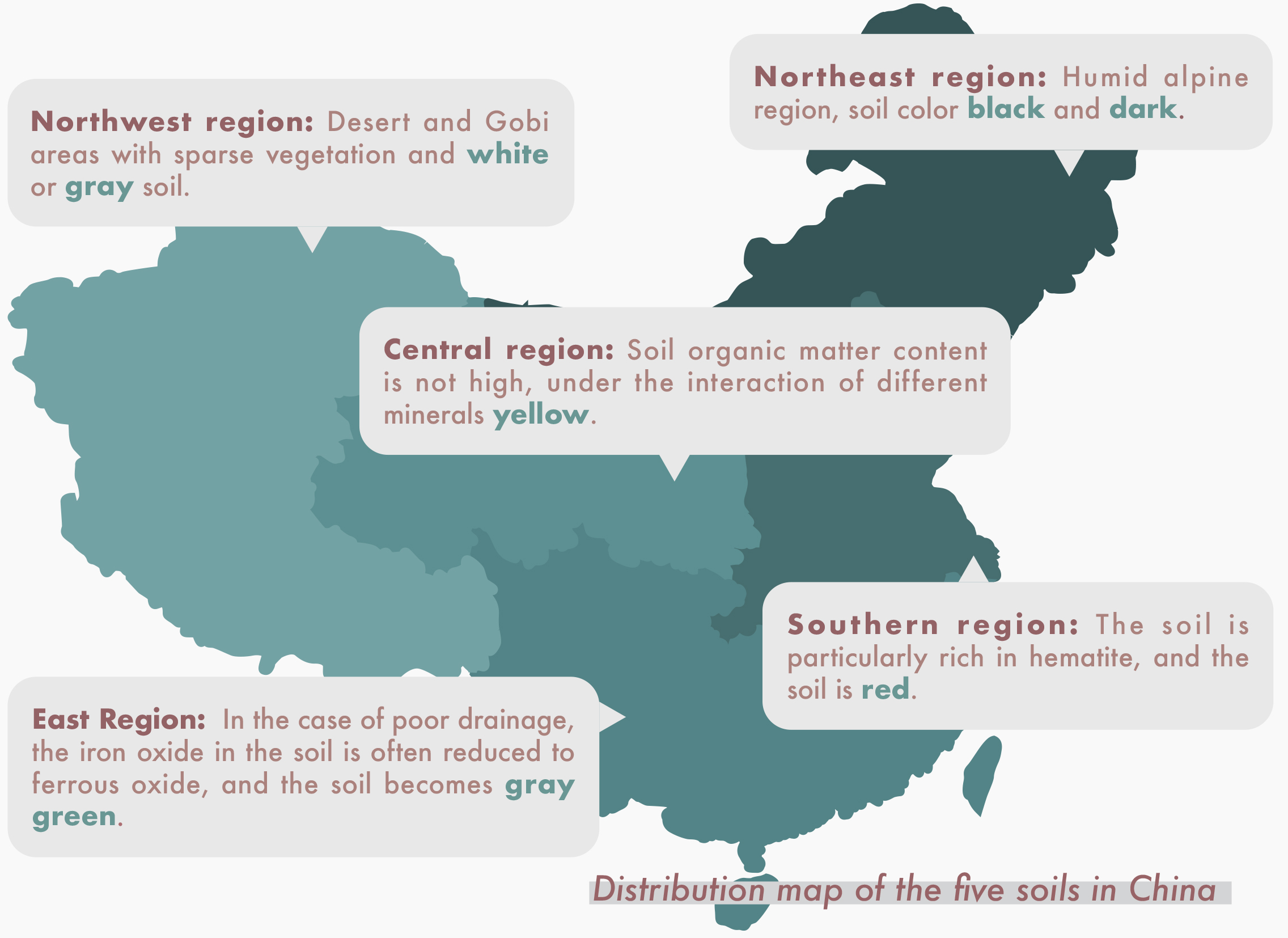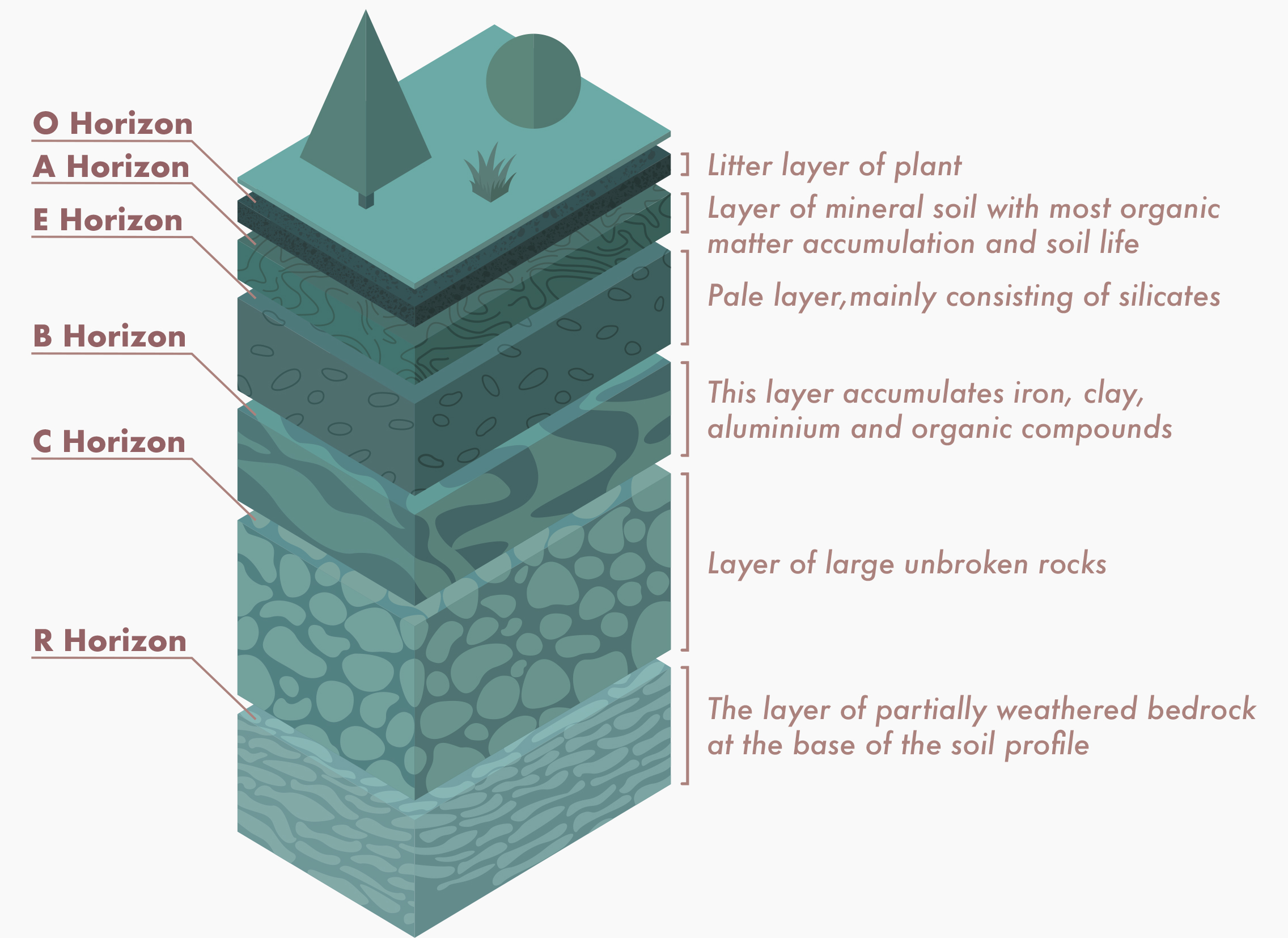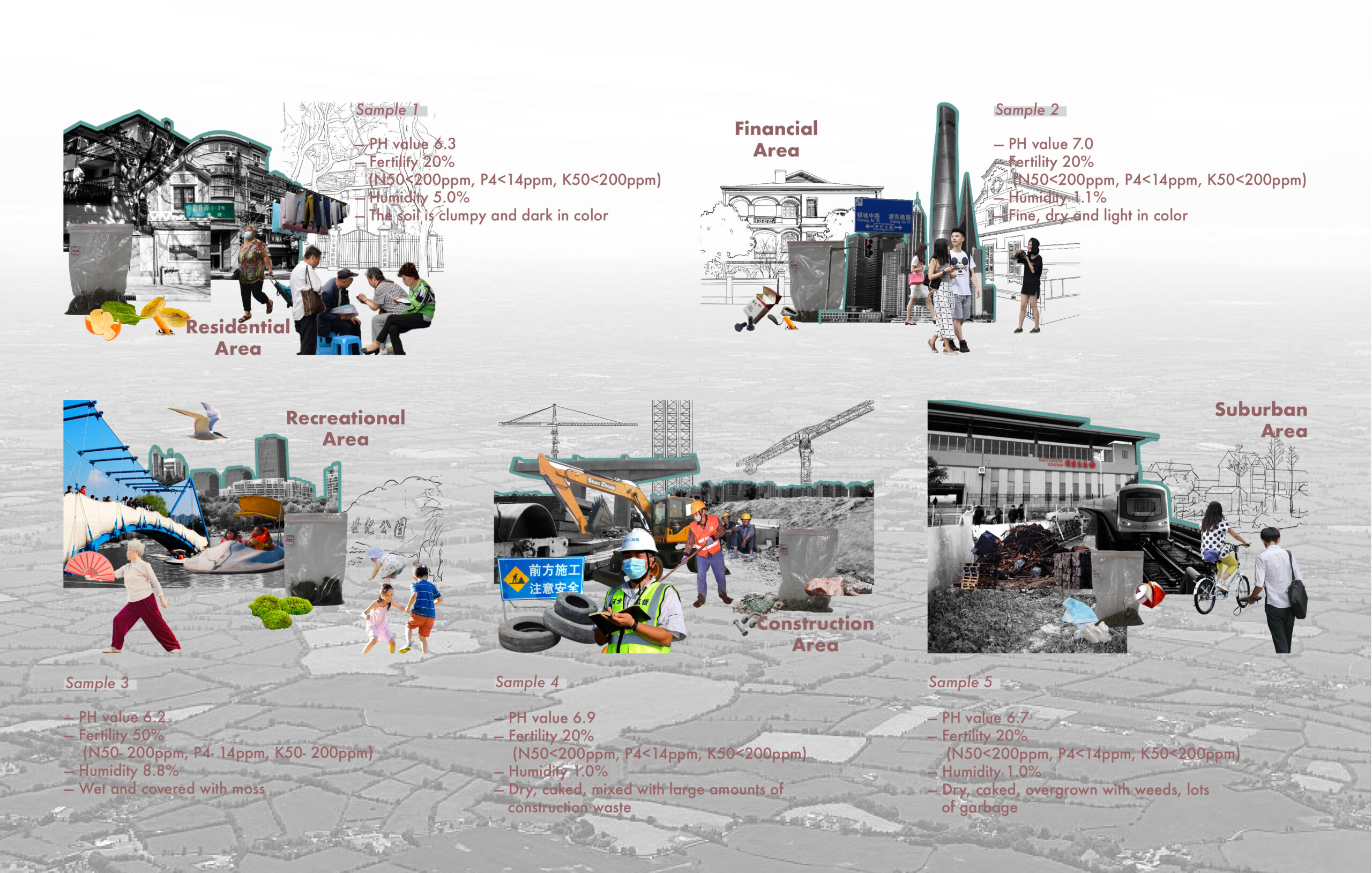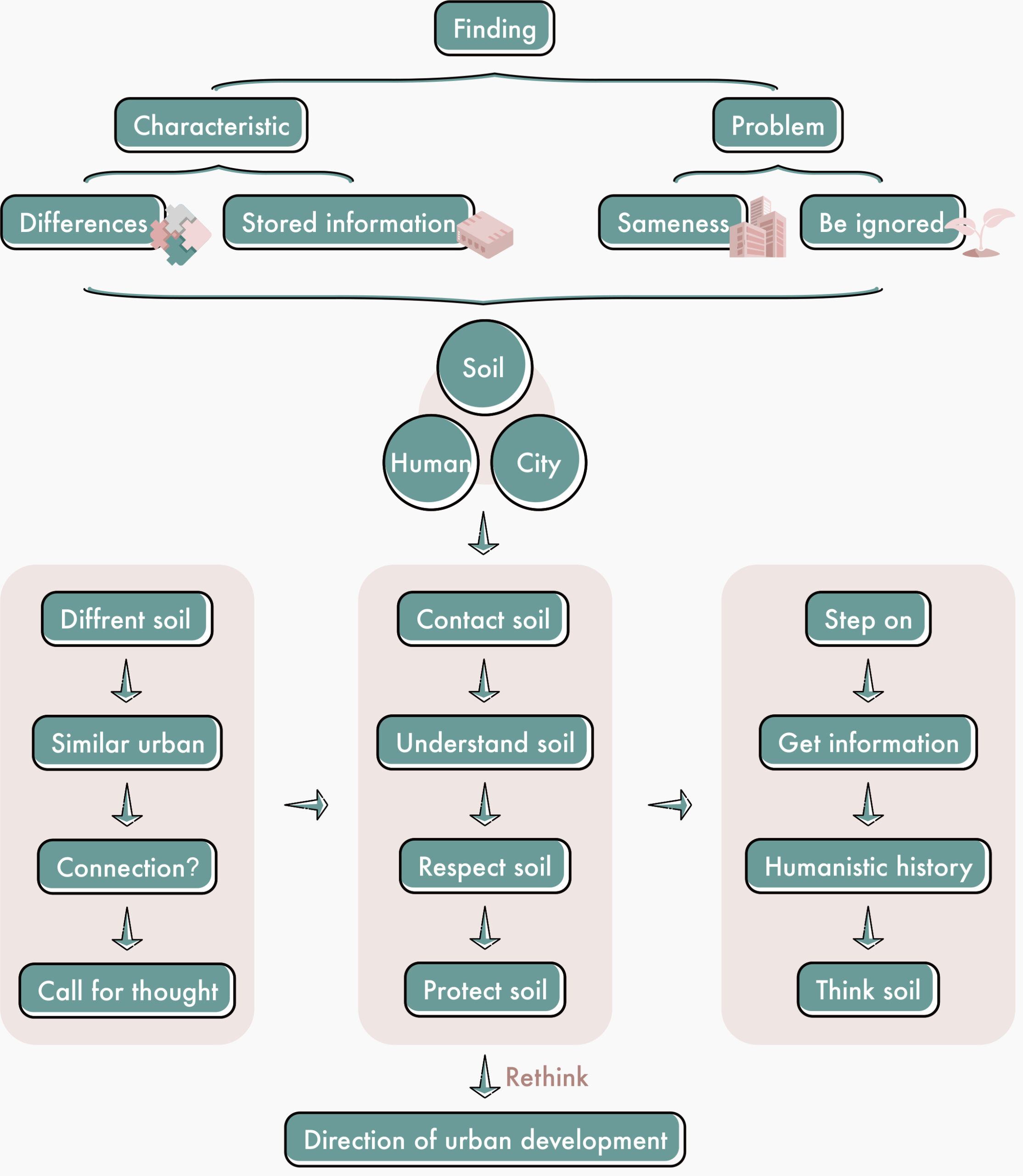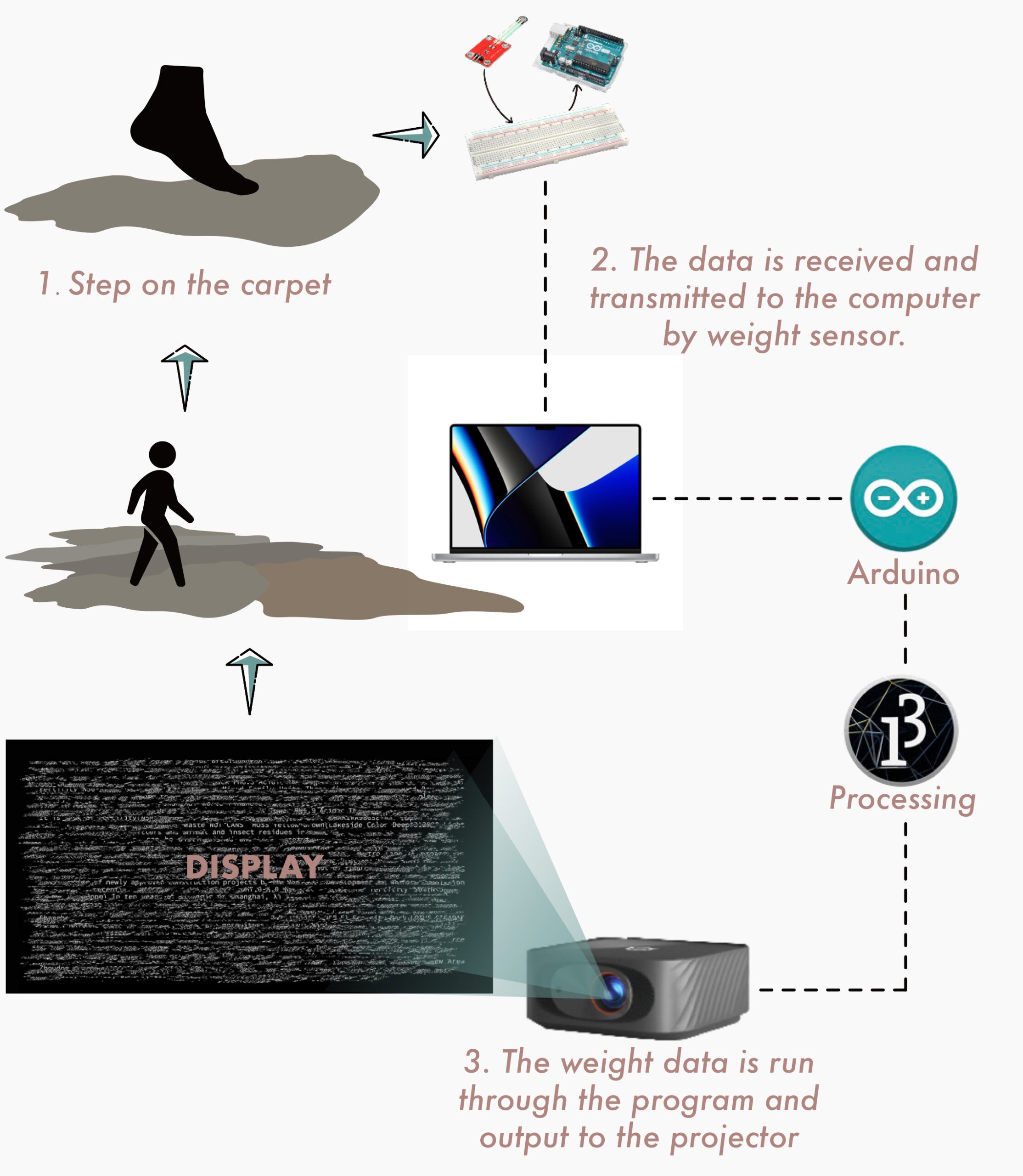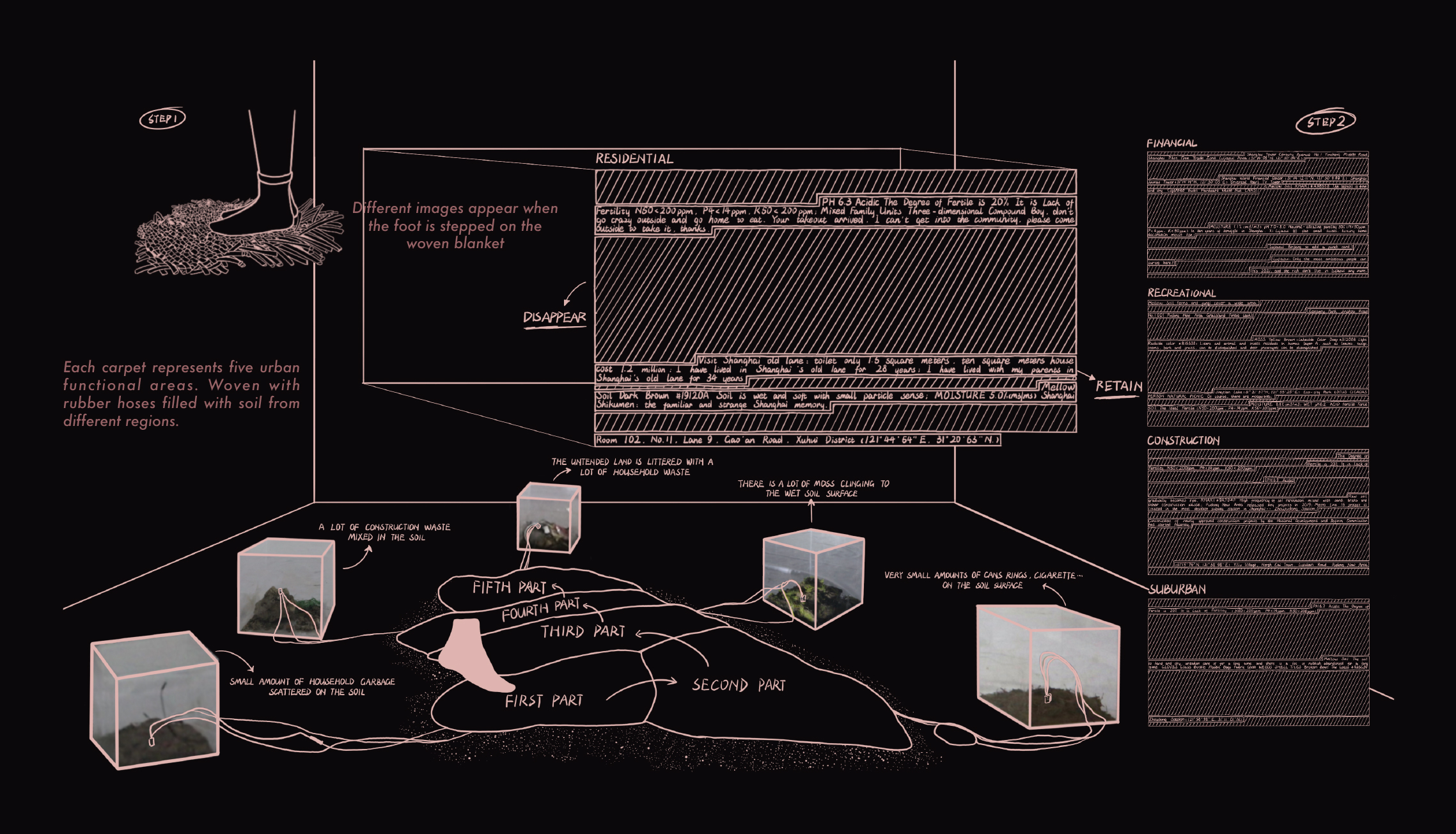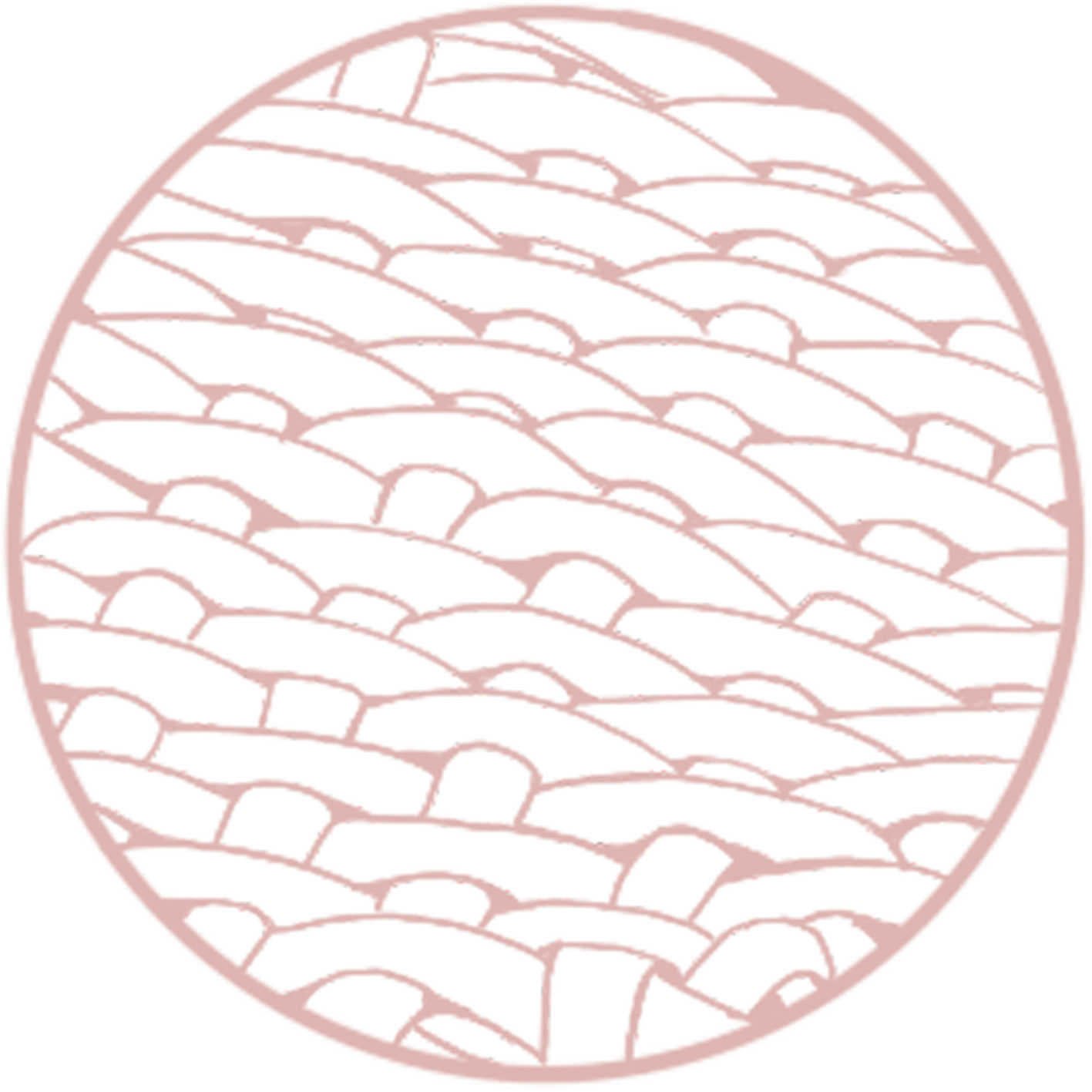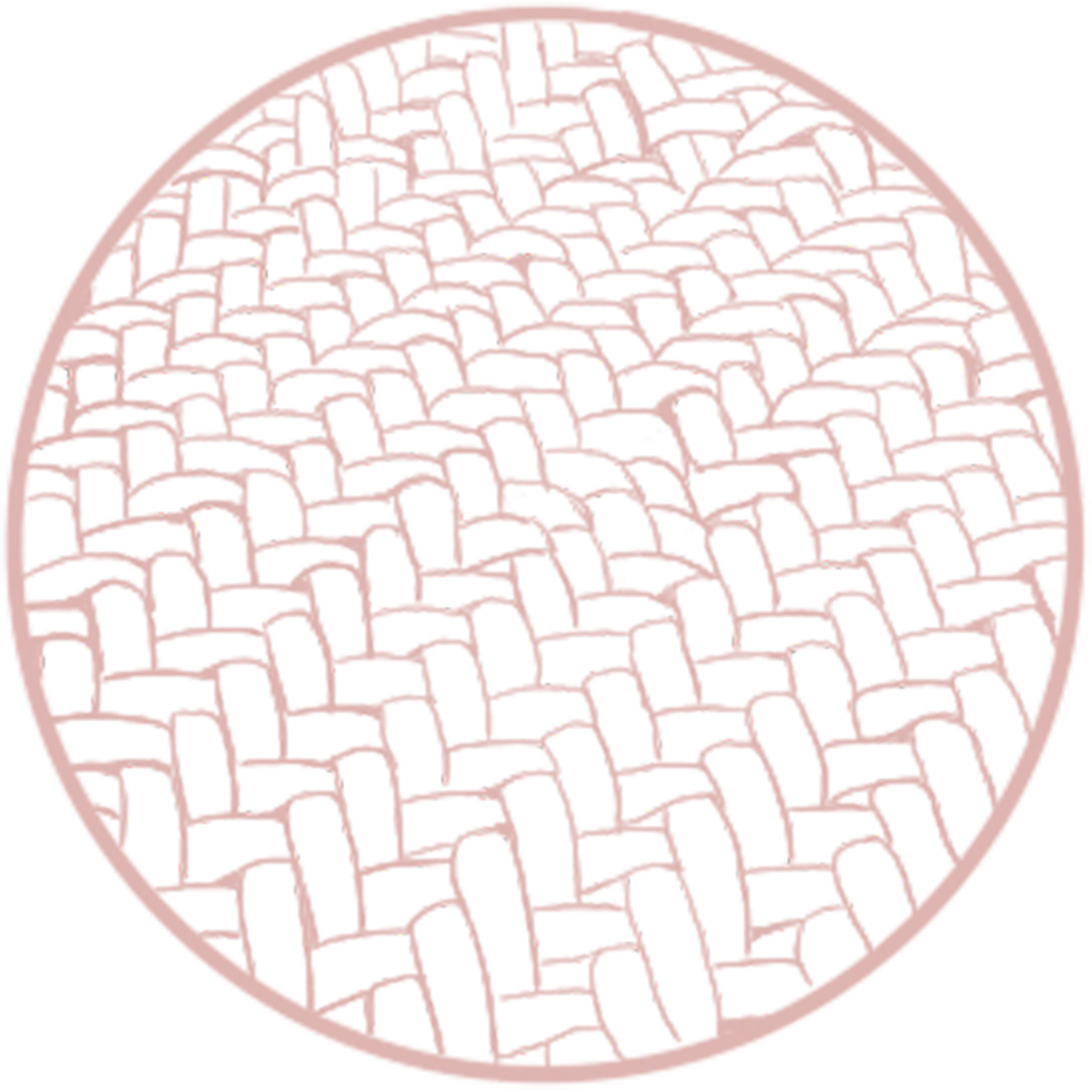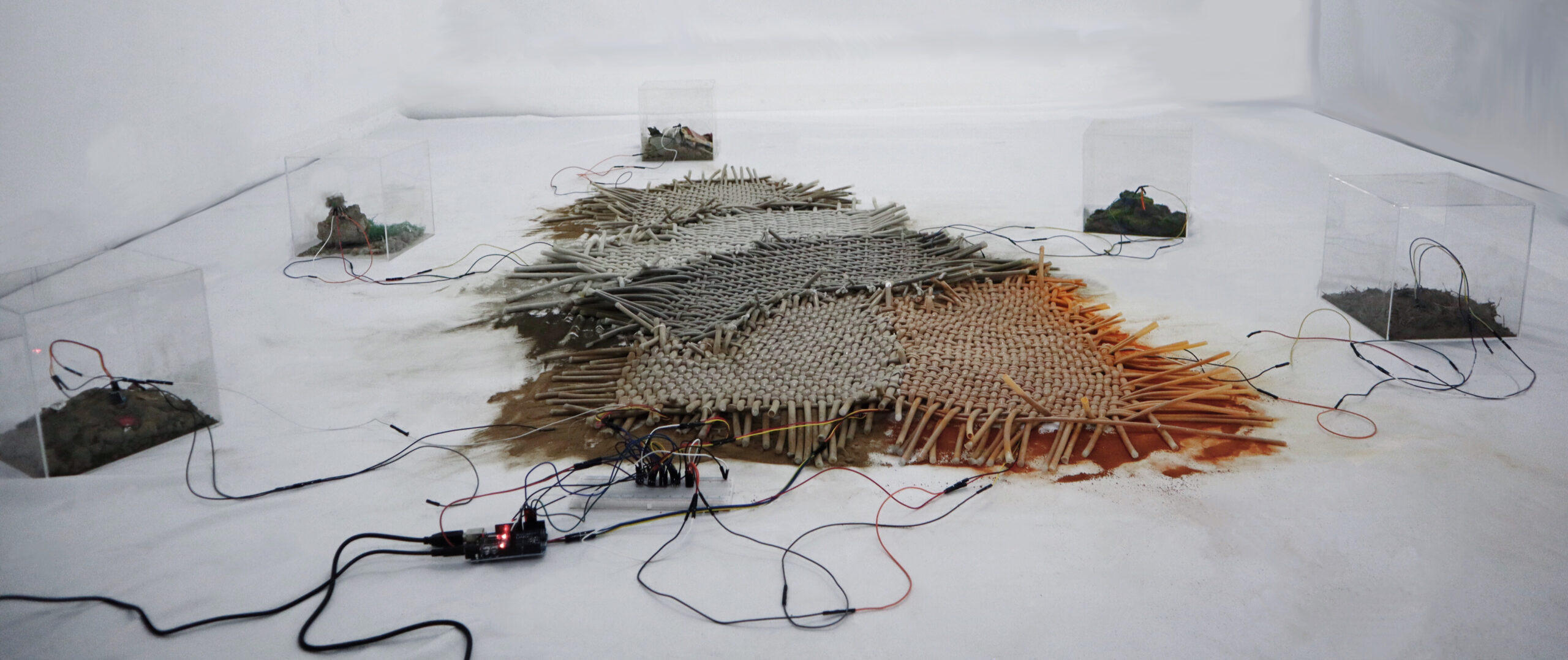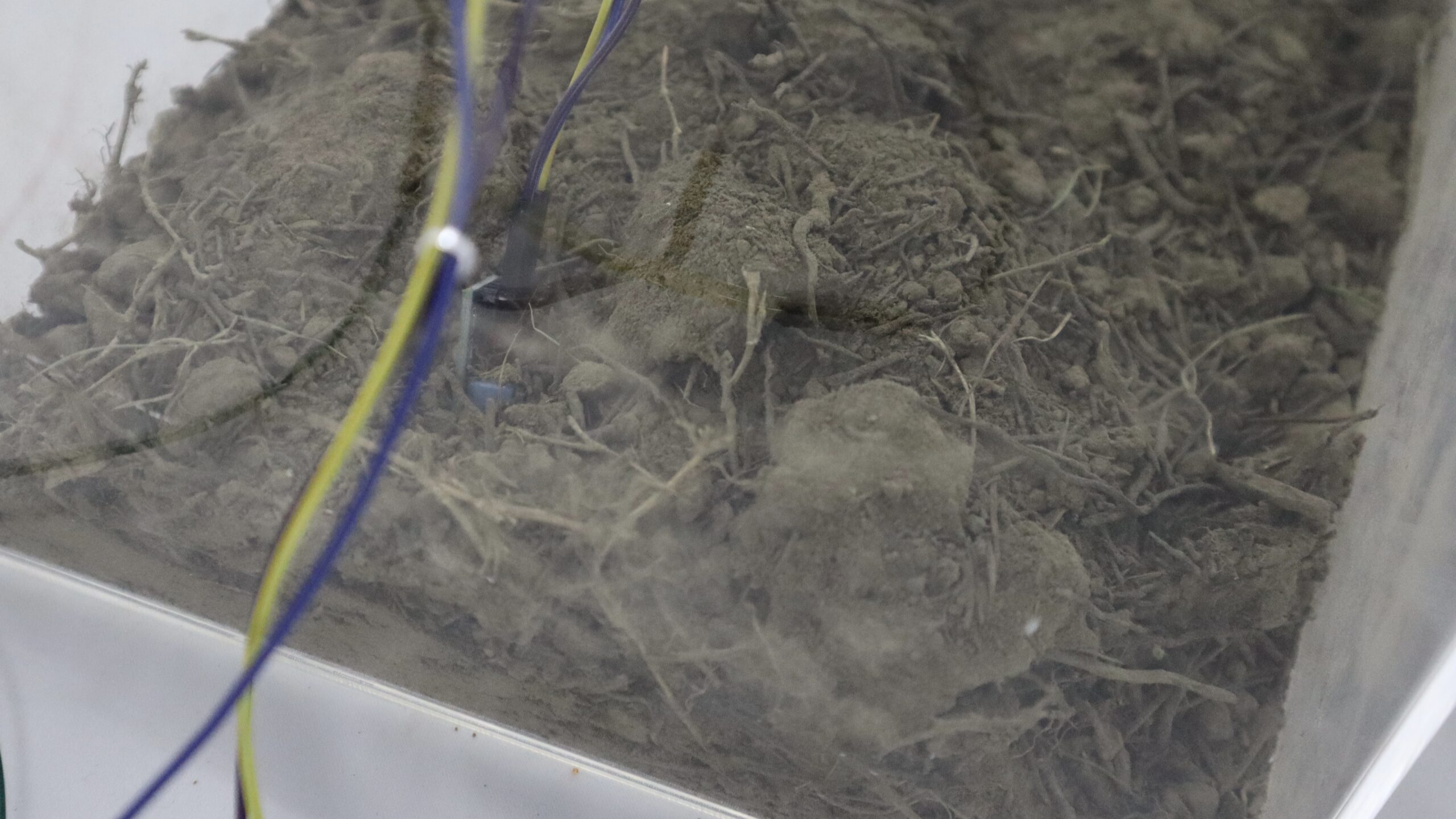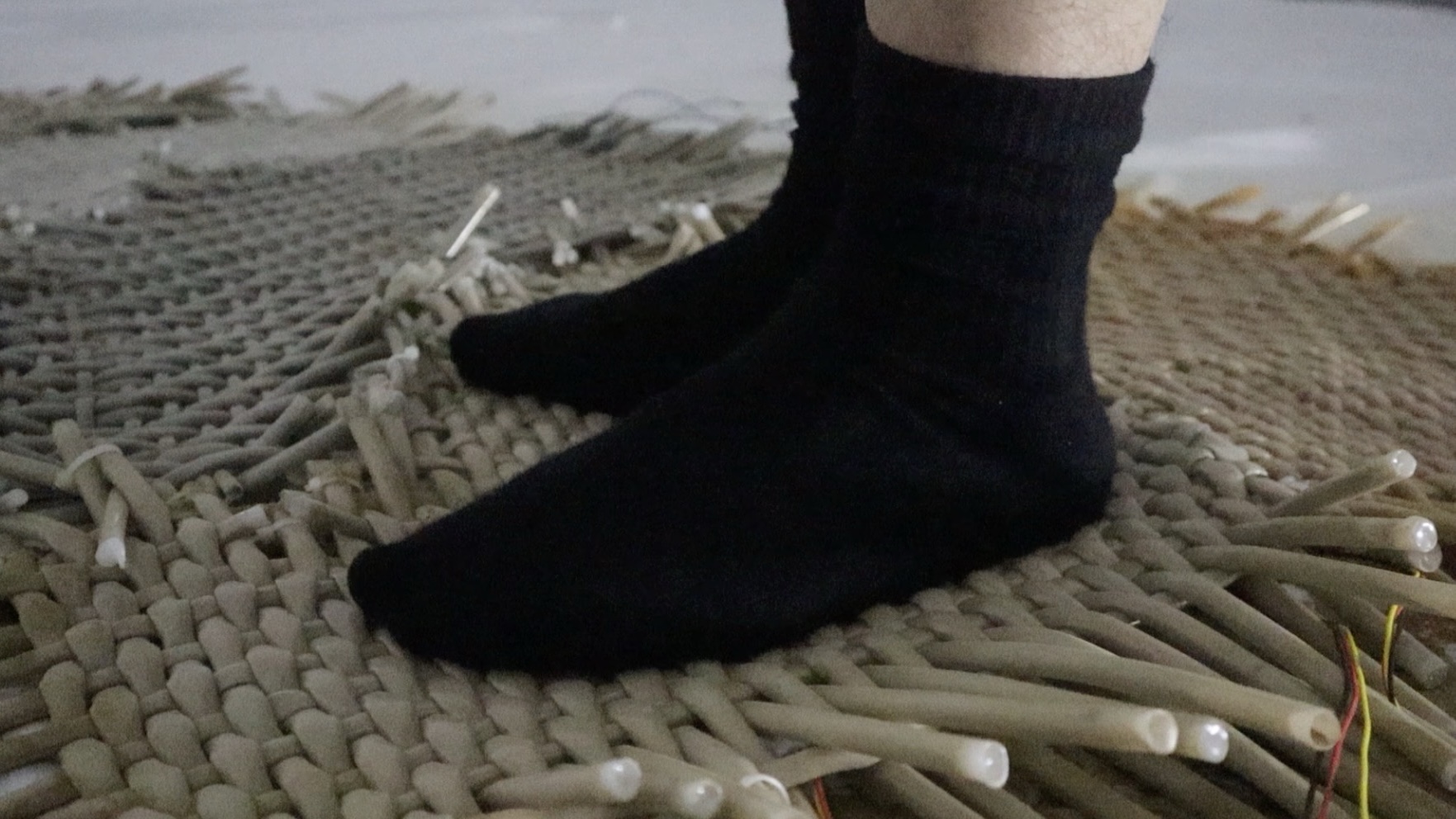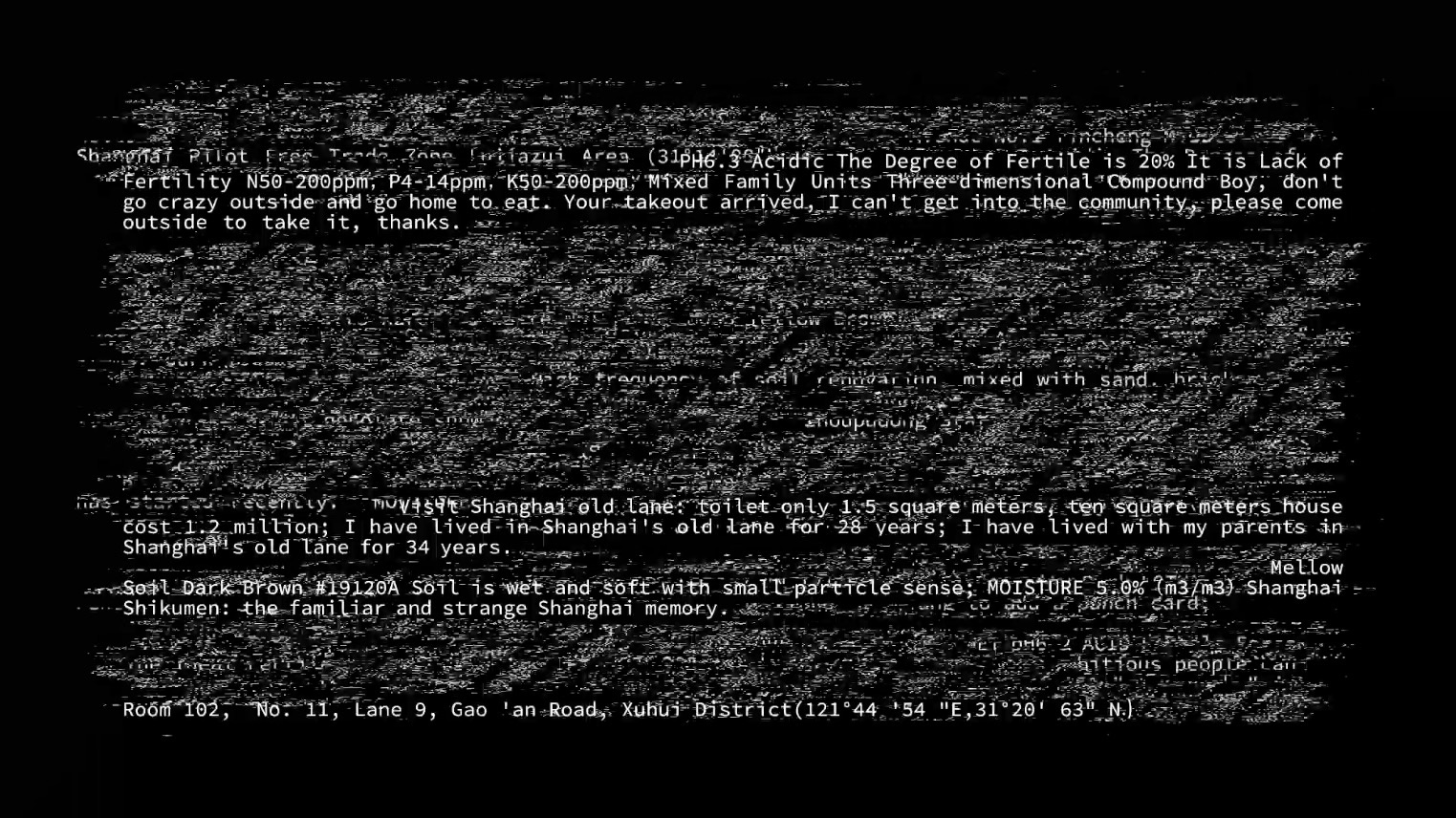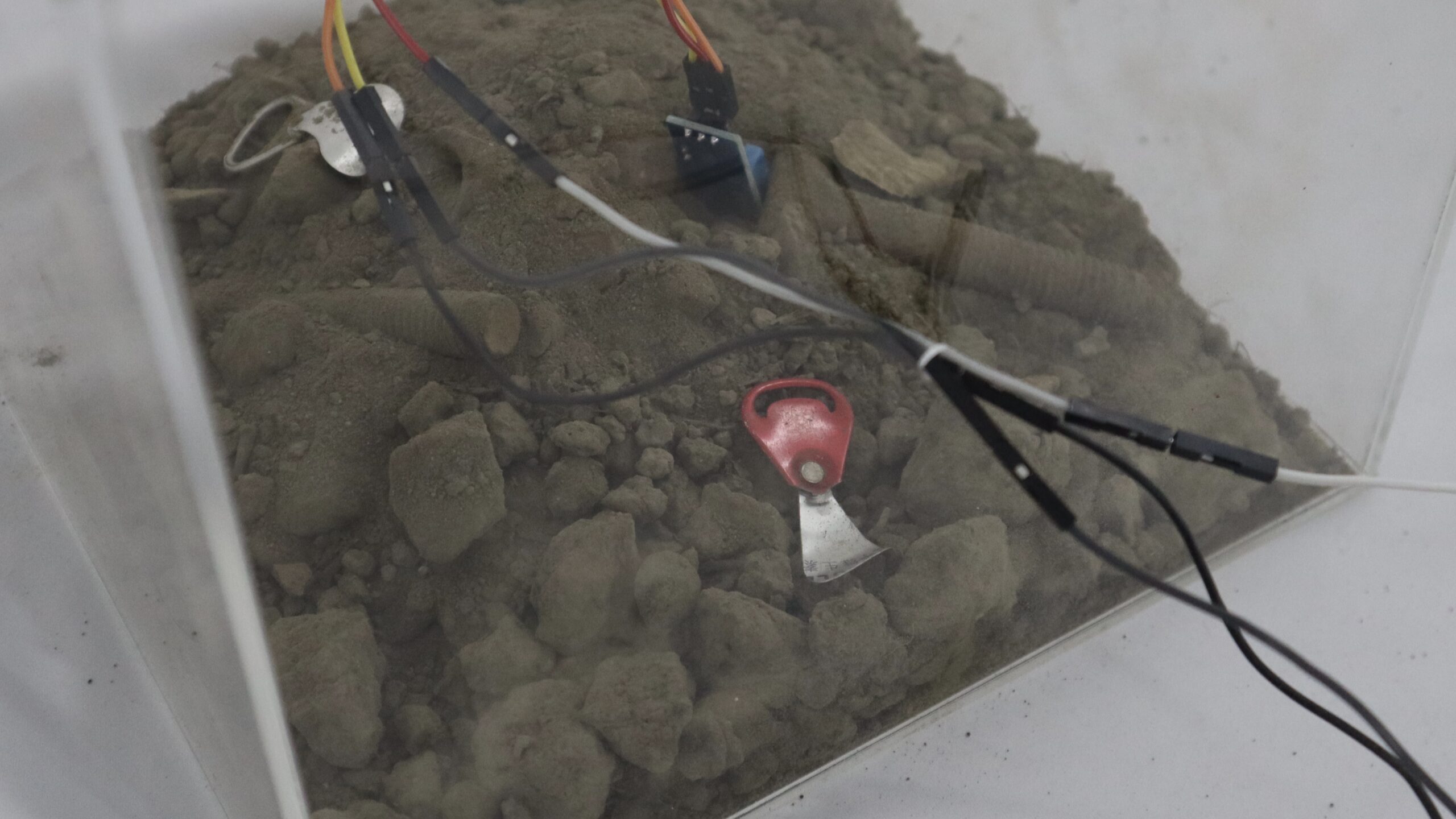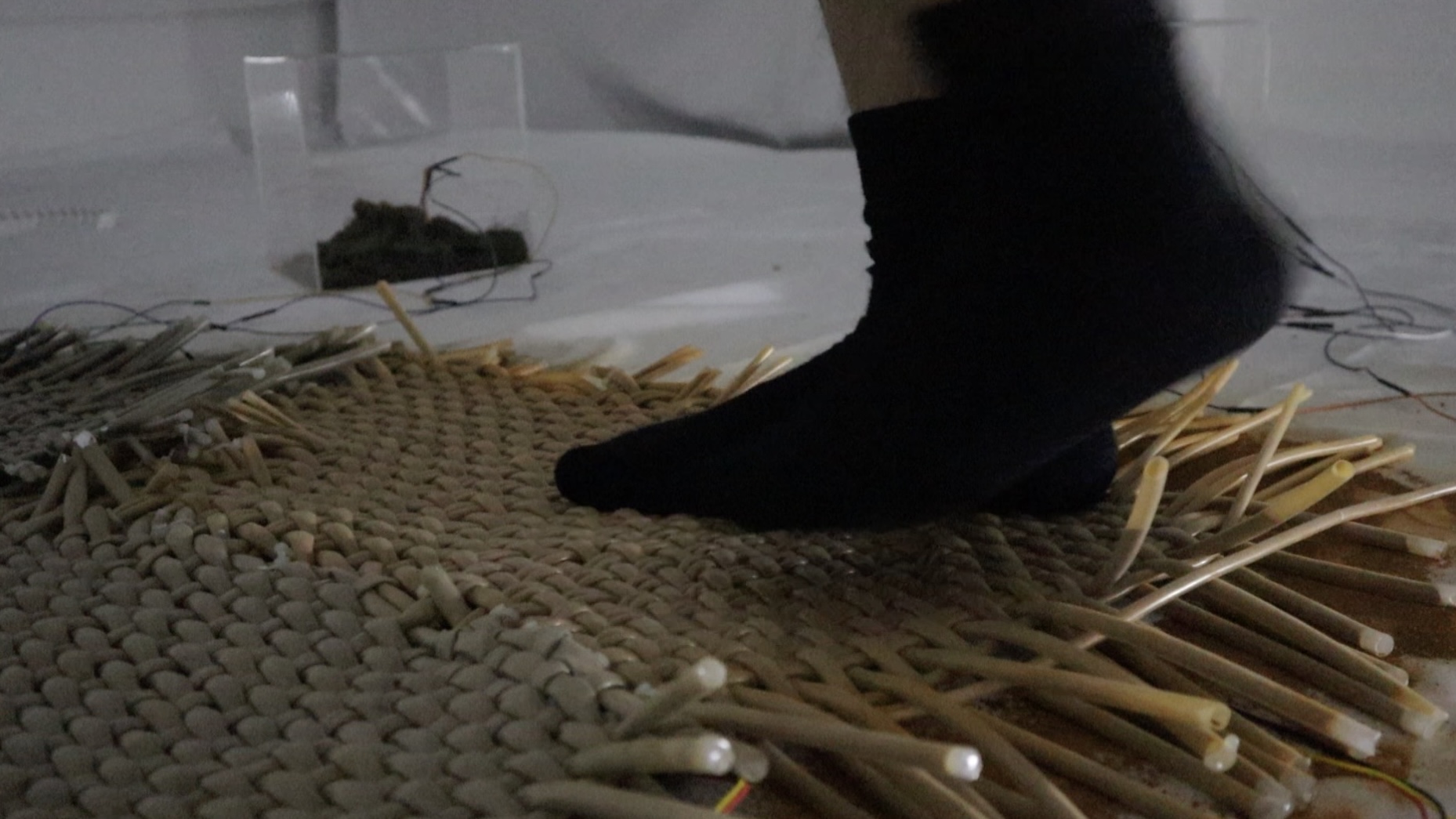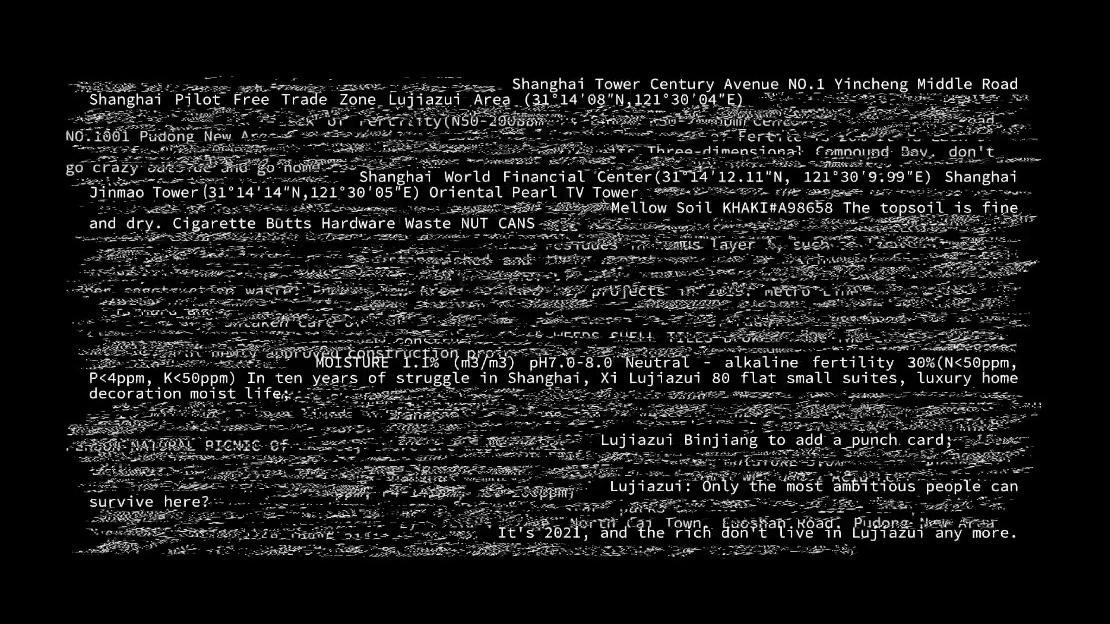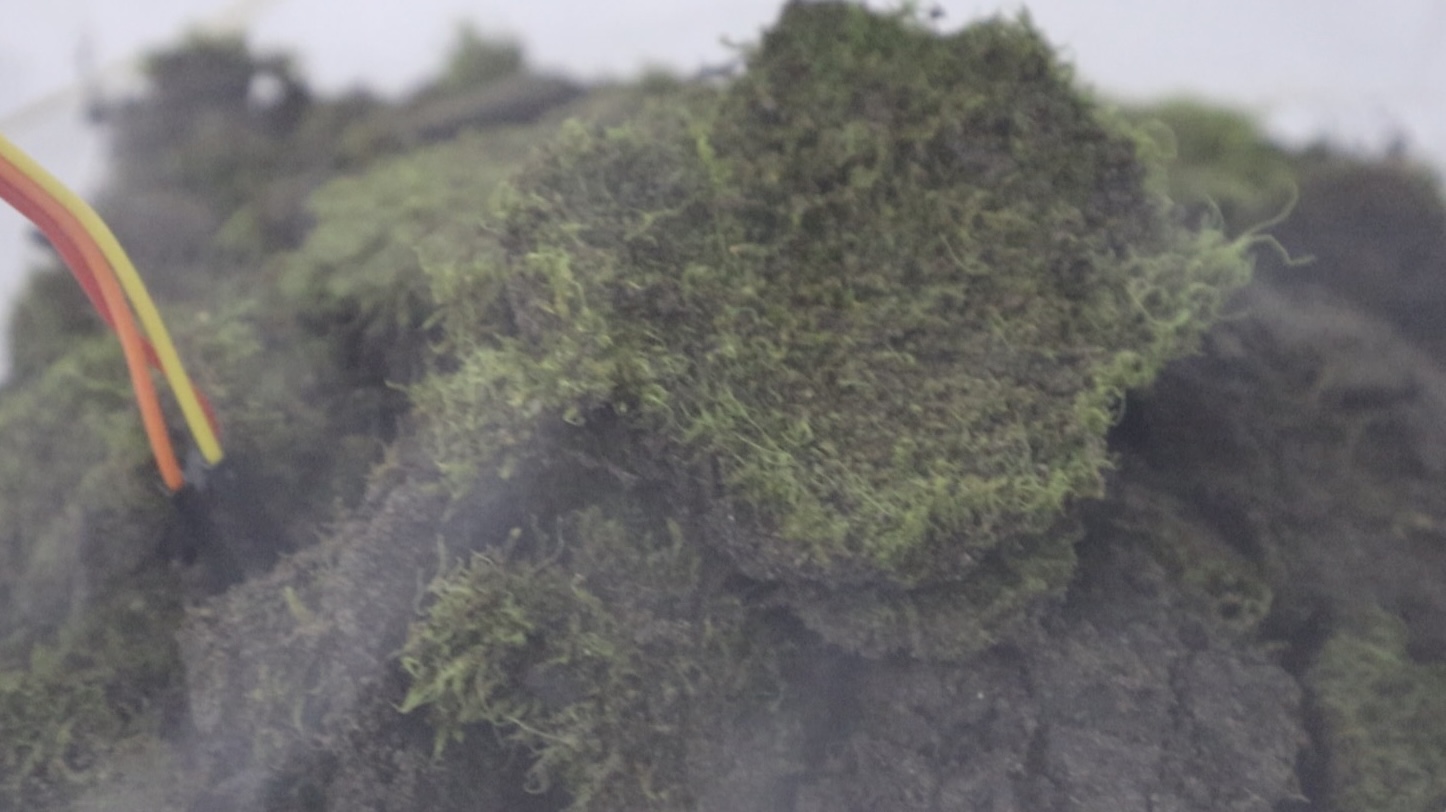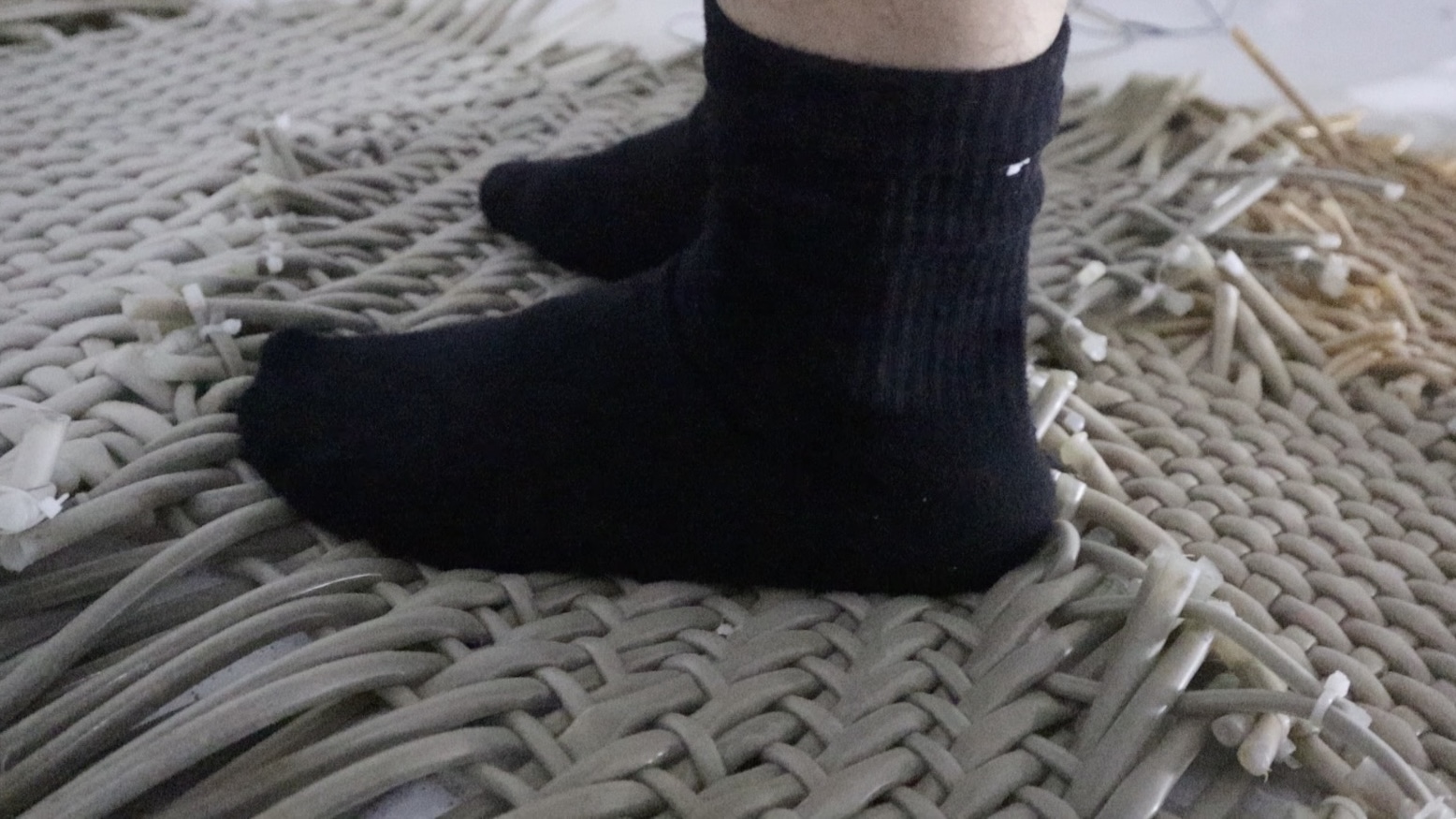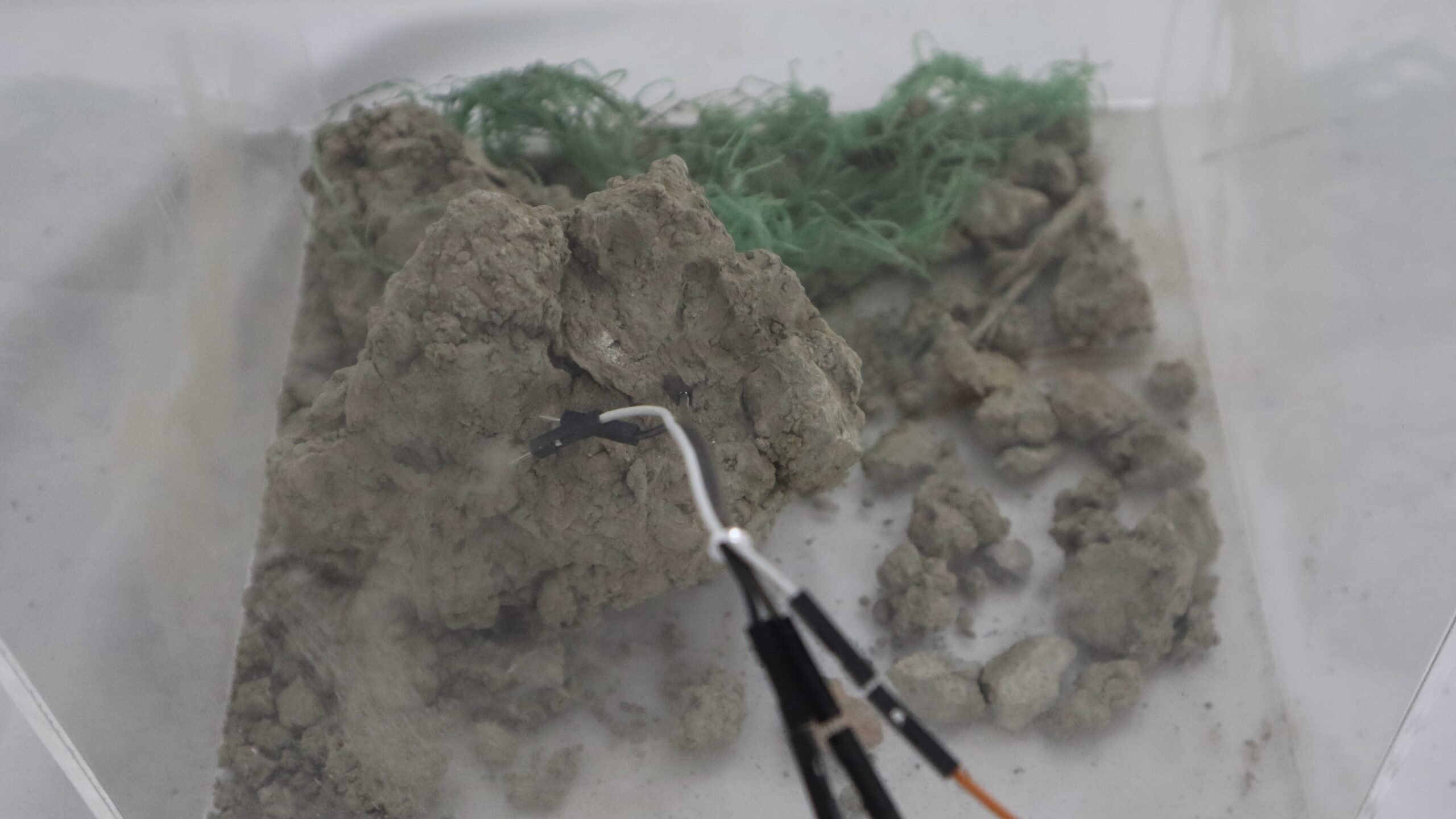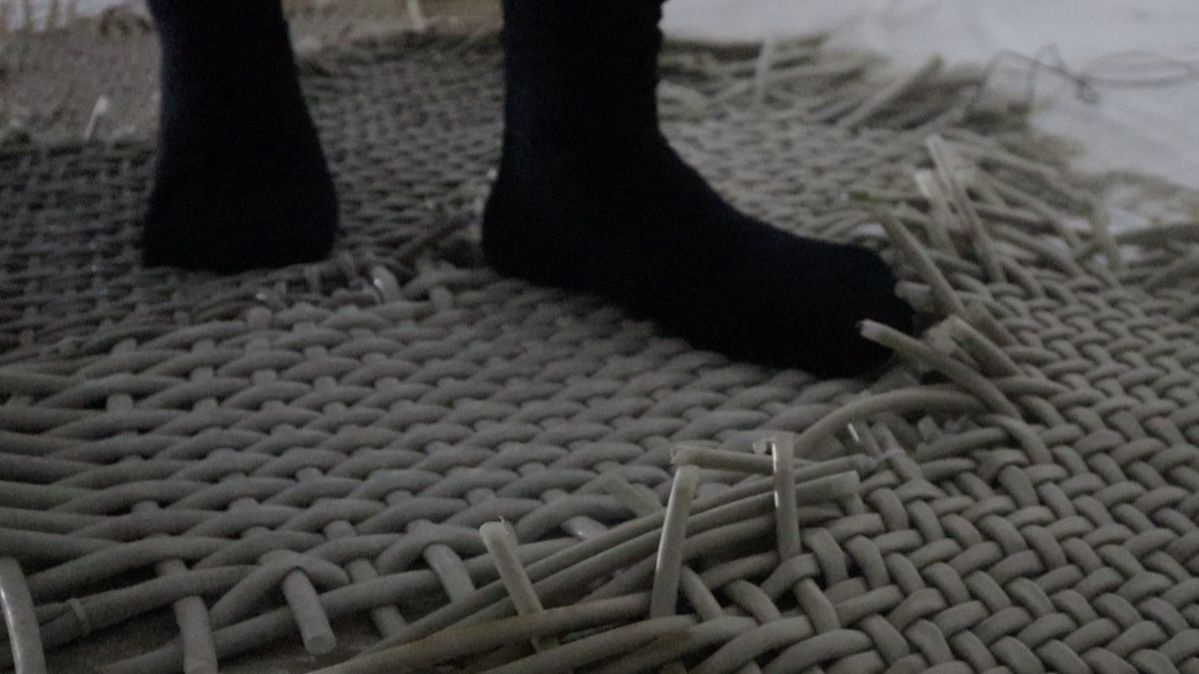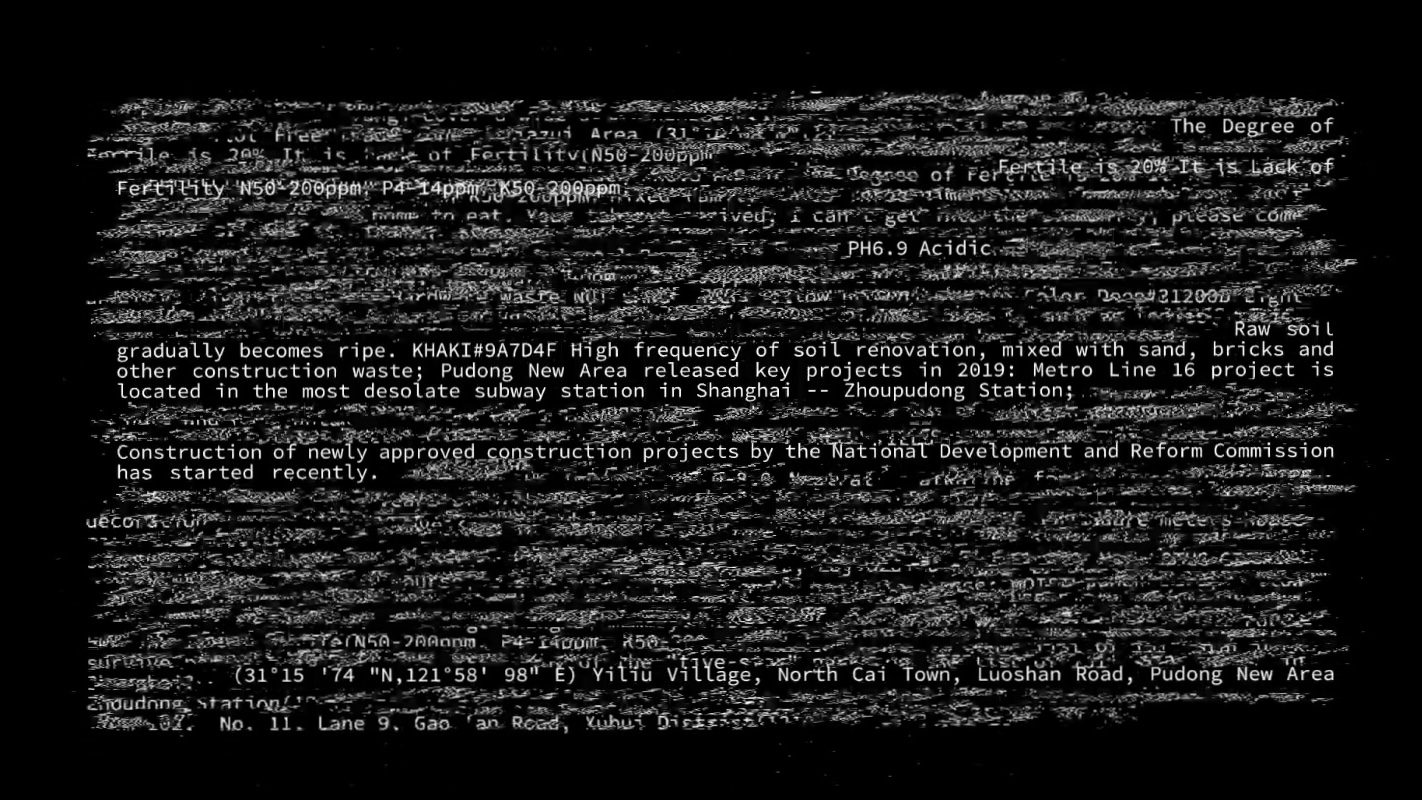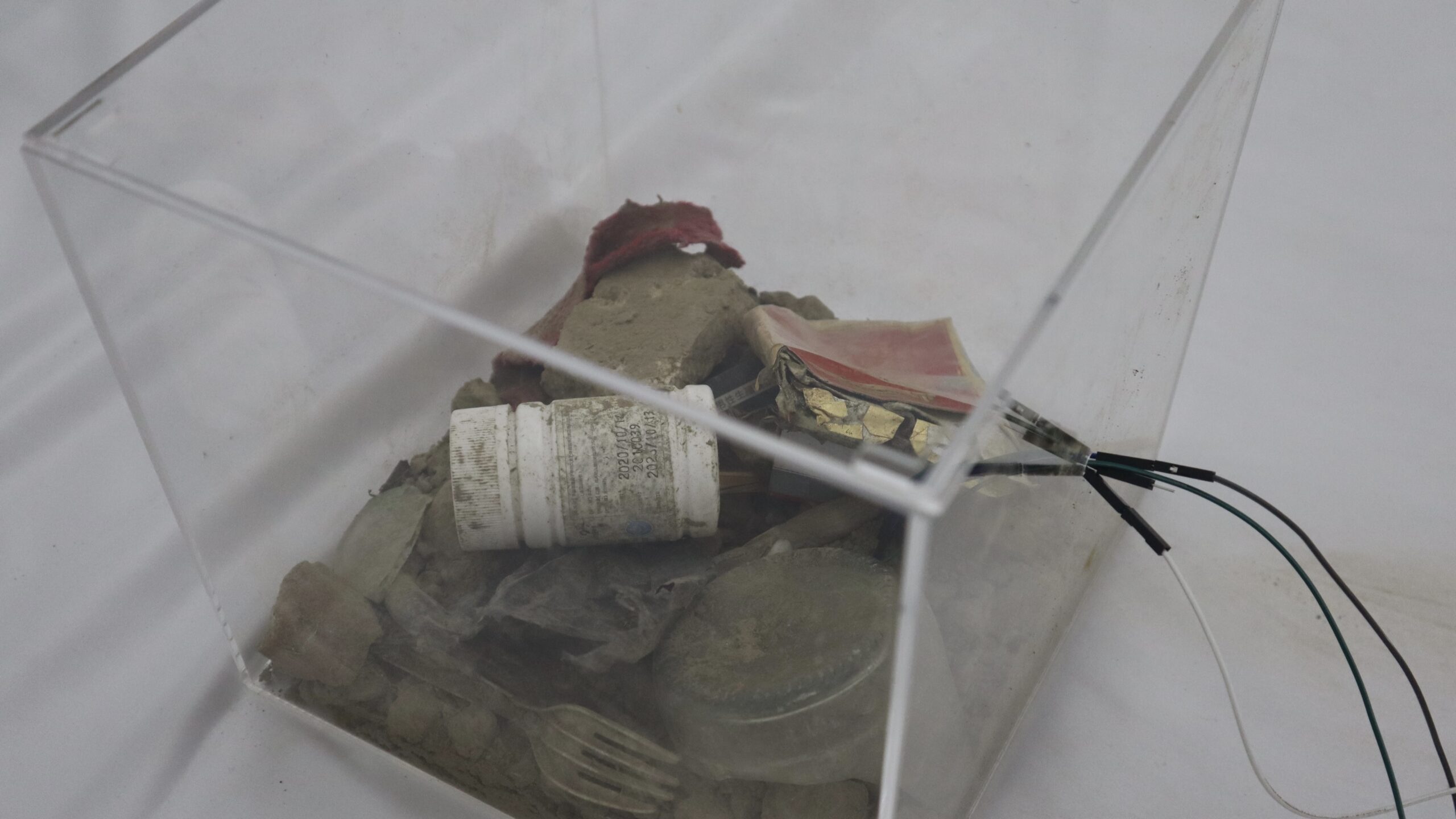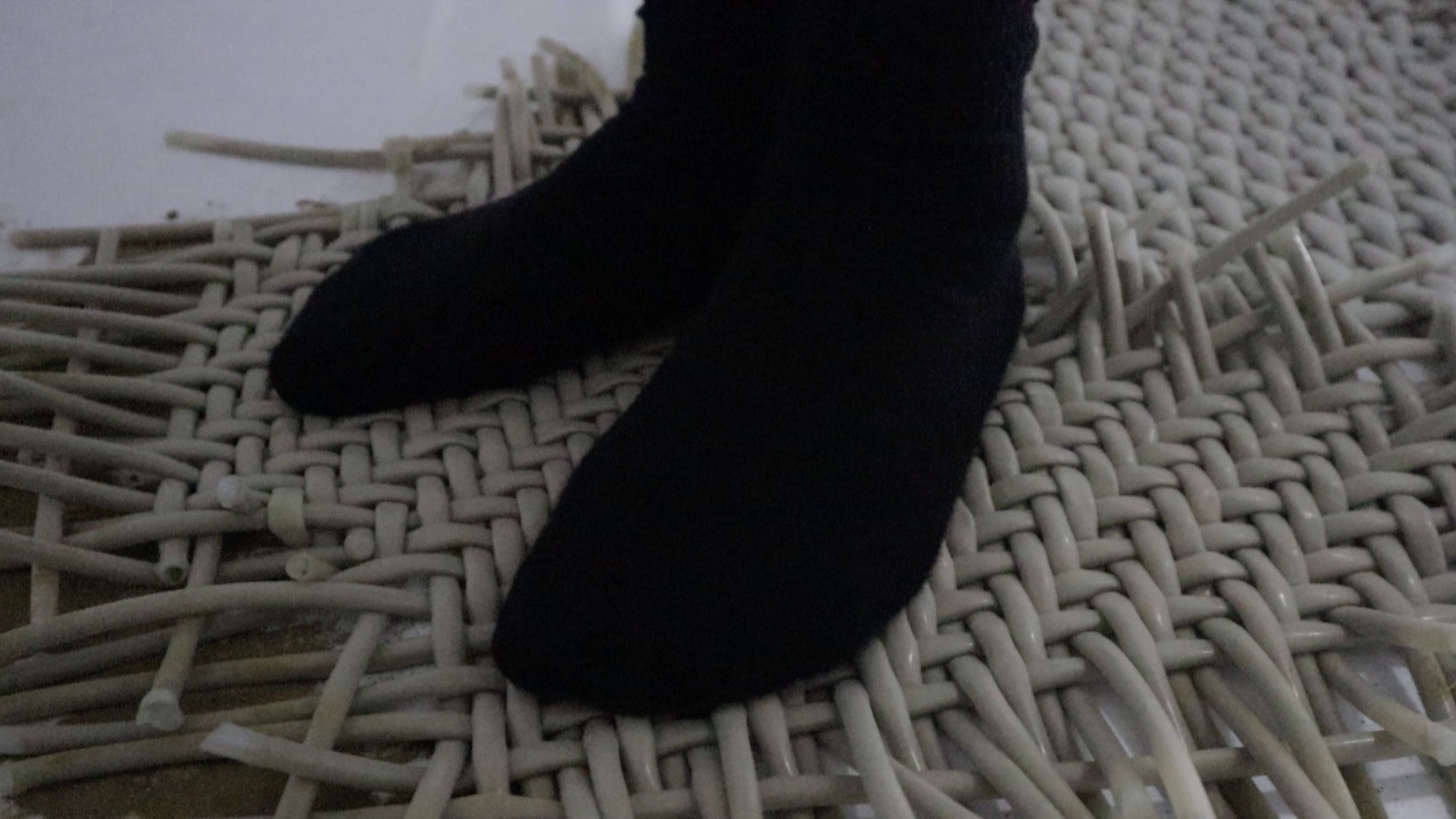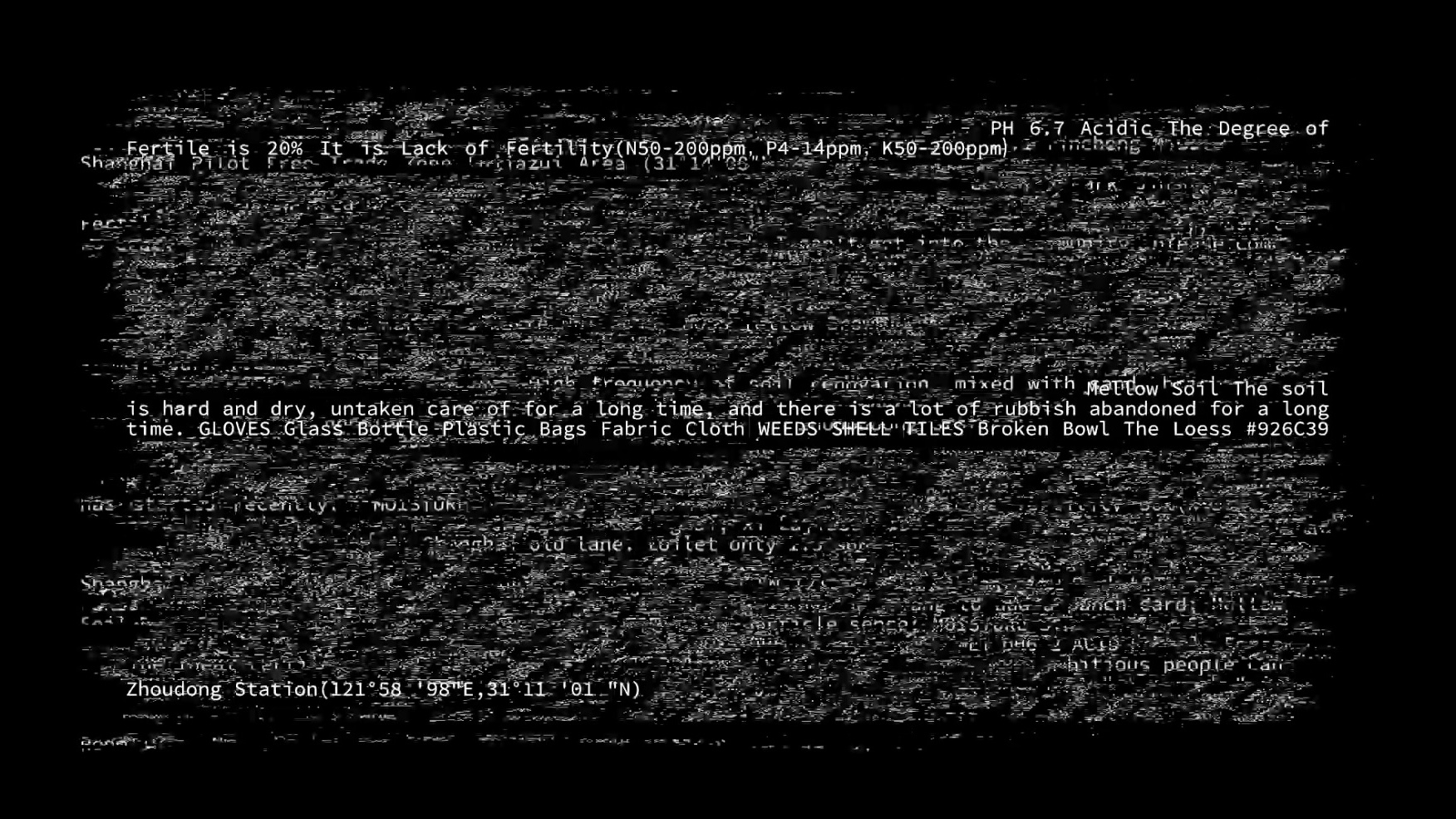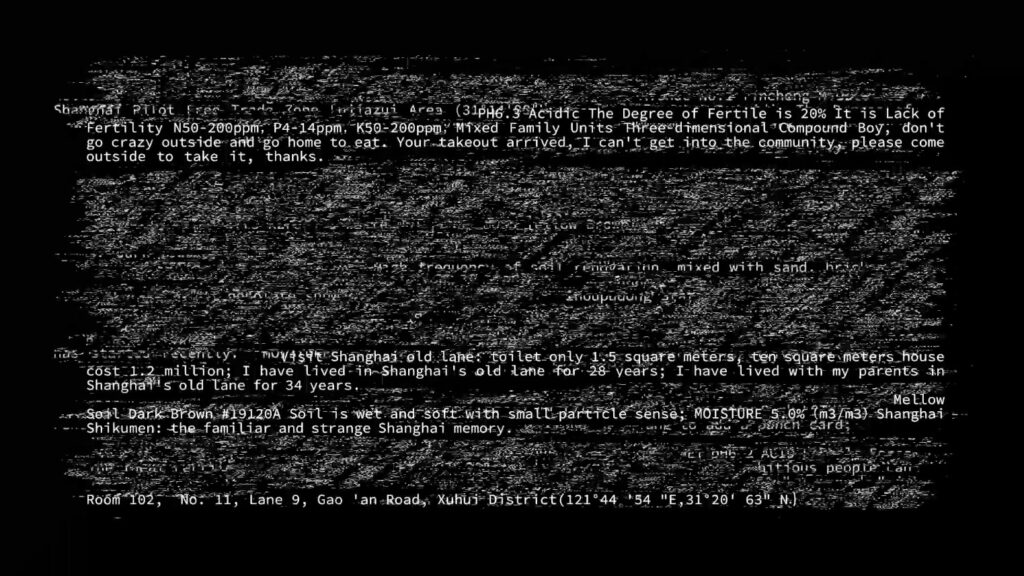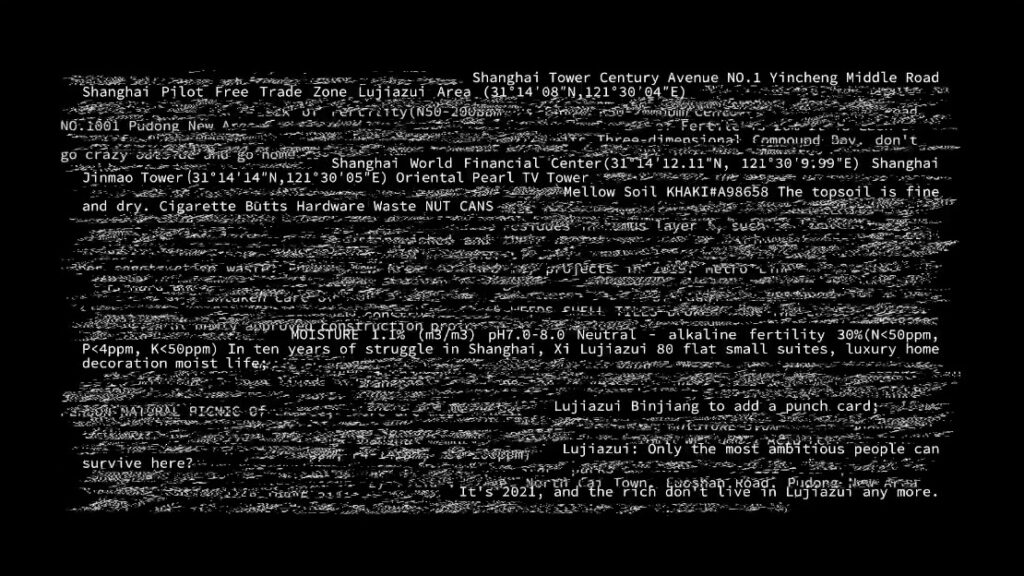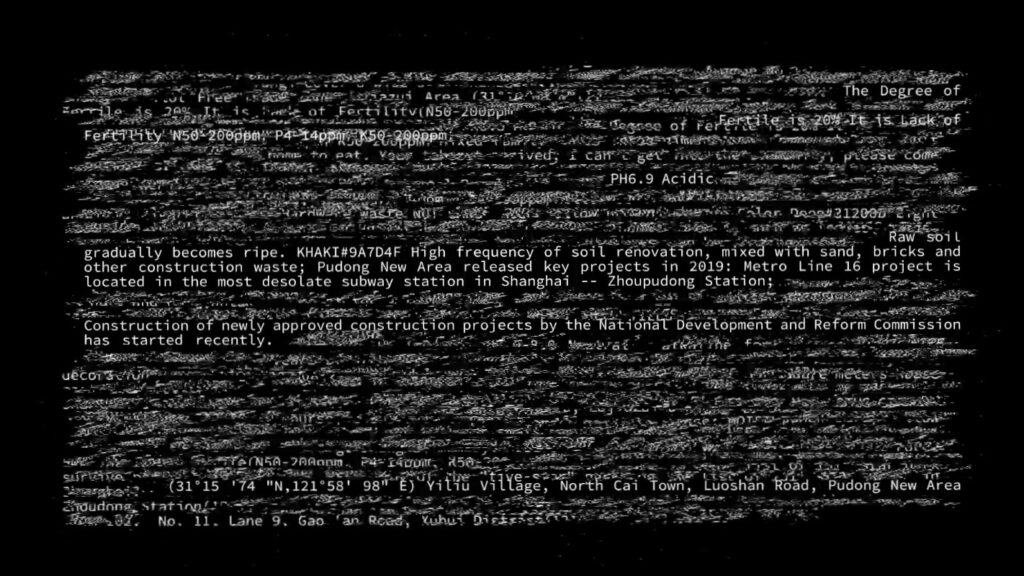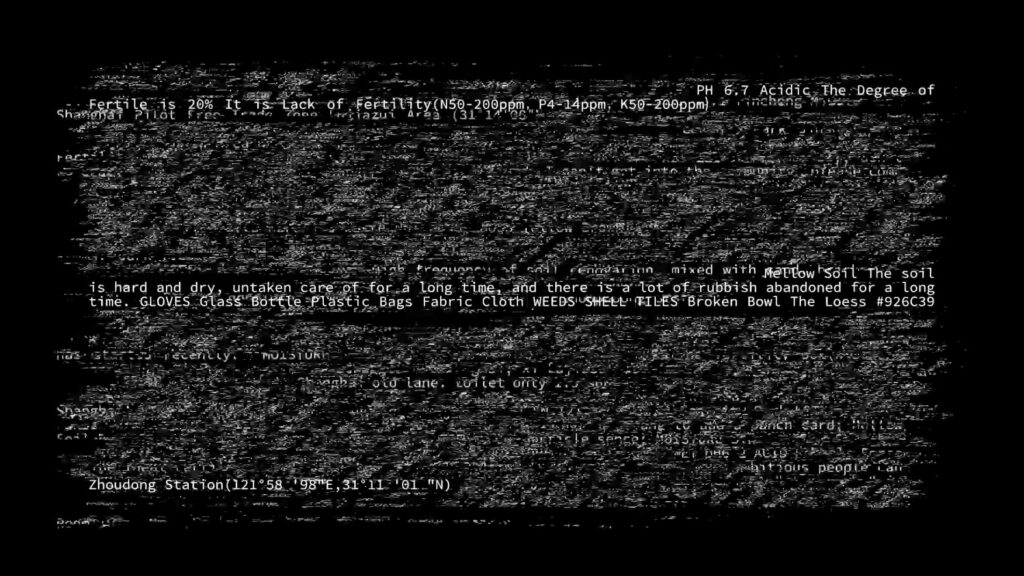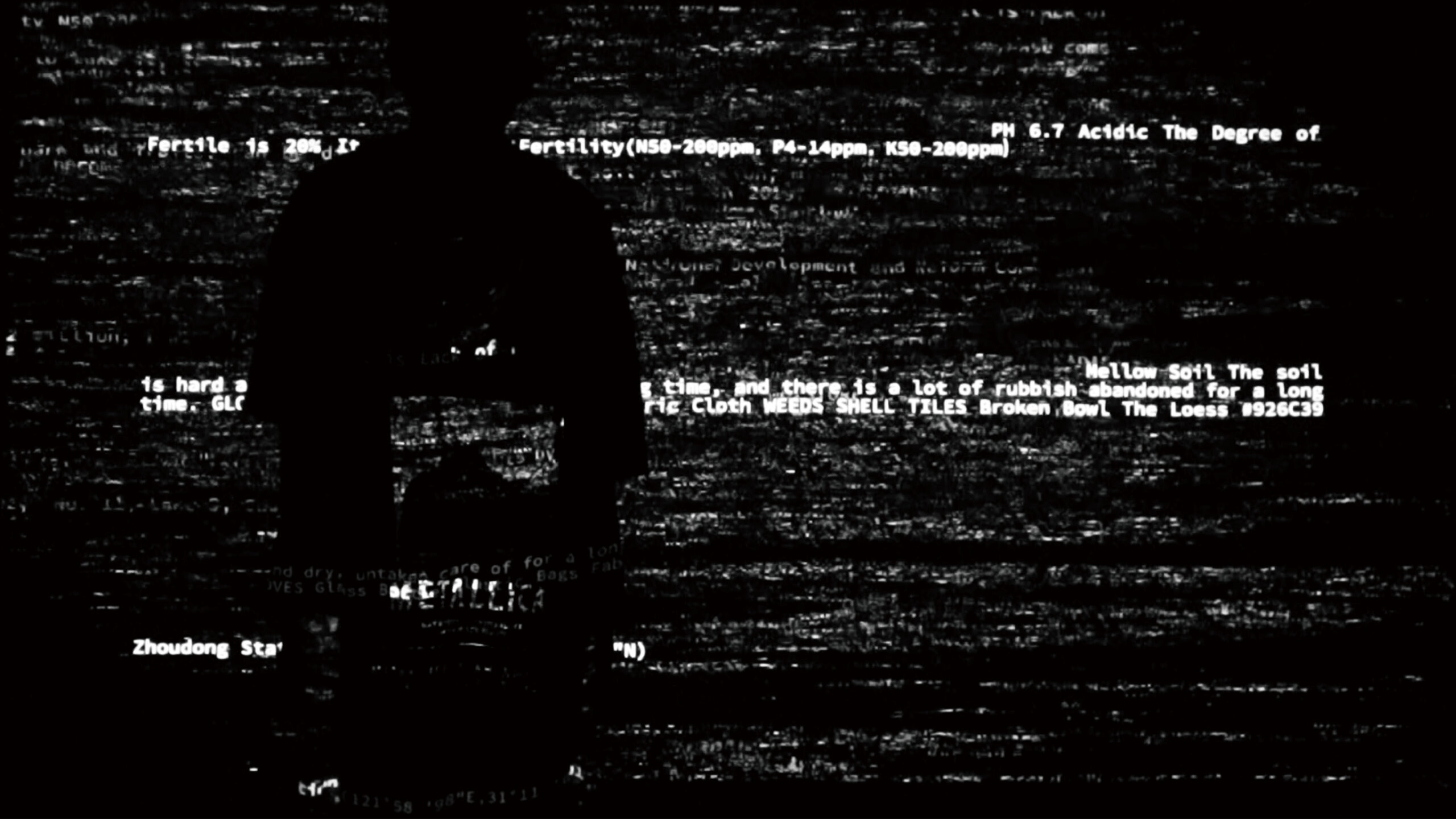
TerraTapestry
An immersive interactive installation that explores the entangled perceptions of soil and urban growth — prompting a renewed reflection on soil, coexistence, and human presence.
August 2021|Shanghai · China
Introduction|
Amid accelerating urbanization, soil has gradually become a forgotten member of the urban ecosystem. Buried beneath concrete and steel, it is no longer seen, touched, or respected. Yet in reality, soil holds not only the information of nature, but also the layers of urban history and traces of human life.
TerraTapestry attempts to revisualize soil data and regional information through the act of “weaving,” guiding people to read the textures of the city with their footsteps. By doing so, it seeks to rekindle the emotional connection between people and the land that has long been severed. The project aims to rebuild the relationship between humans and soil through a form that is perceptible, tangible, and reflective.
Design Key Words|Information Perception / Soil Sentience / Urban Nature / Regional Ecology / Sensory Interaction / Bodily Engagement / Weaving Narratives / Speculative Futures / Sustainable Futures
Project Background|
The critical role of soil in urban ecosystems has long been overlooked.
Soil has become “the other” in urban construction—an invisible part of nature.
The public lacks opportunities for sensory interaction with soil, leading to emotional disconnection.
Urban development has become increasingly homogenized, further distancing people from local ecological identity.
Desk & Field Research|
For natural soils, color is an important morphological feature that characterizes many properties.
Stored information|
Soil is nature’s repository of information, which records the changing history of the place.
End|
TerraTapestry is not a nostalgic imagination of soil, but an ecological response oriented toward the future. Using textiles as a medium and footsteps as a thread, it invites us to bend down once more and listen to the language of the land beneath our feet.
Design does not exist solely to serve the efficiency of human society—it can also become a bridge that connects nature, culture, and bodily perception. Through repeated acts of stepping and sensing, people may stop overlooking the presence of soil and begin to rebuild a sense of emotional and ecological coexistence in everyday life.
If this project resonated with you, or you’d like to collaborate — I’d love to hear from you.
📧 Email: [email protected]
📸 Instagram: har_rison0525
